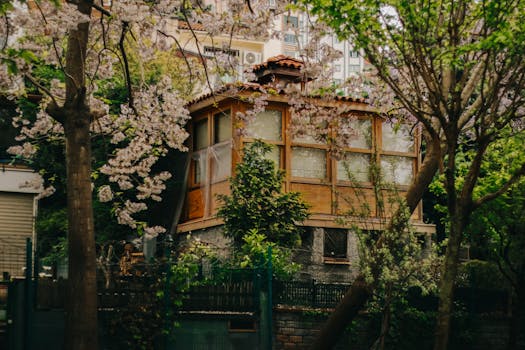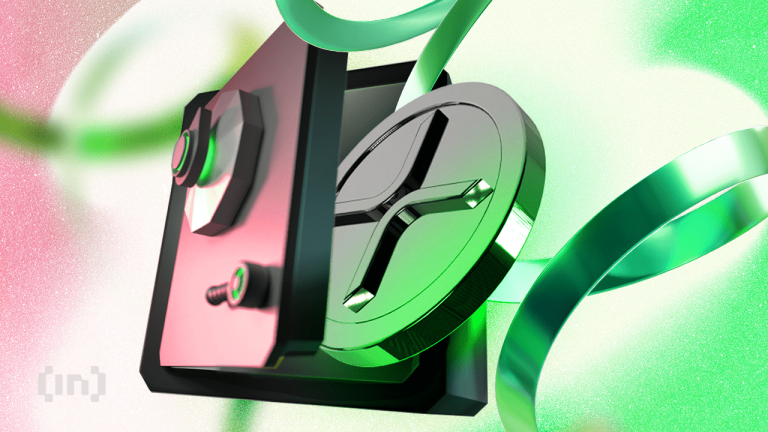
Urban Green Spaces: The Future of Outdoor Living in European Cities by 2025
Introduction to Urban Green Spaces
Urban green spaces, such as parks, gardens, and green roofs, are becoming increasingly important in European cities. These spaces provide a range of benefits, including improved air quality, reduced noise pollution, and enhanced biodiversity. As we look to the future, it is clear that urban green spaces will play a crucial role in shaping the way we live, work, and interact with our surroundings. Urban Green Spaces are not just a nicety, but a necessity for the well-being of citizens and the sustainability of our cities.
The Benefits of Urban Green Spaces
So, what exactly are the benefits of urban green spaces? Firstly, they provide a peaceful escape from the hustle and bustle of city life, allowing citizens to relax, unwind, and connect with nature. Secondly, they help to mitigate the urban heat island effect, which can reduce the temperature in cities by up to 2°C. Thirdly, they provide a habitat for wildlife, supporting local biodiversity and ecosystem services. Finally, they can even help to reduce crime rates, improve mental health, and boost local economies.
Case Studies of Successful Urban Green Spaces
There are many examples of successful urban green spaces in European cities. For instance, the High Line in New York City is an elevated park built on an old rail line, which has become a popular tourist destination and a model for urban regeneration. Similarly, the Park Güell in Barcelona is a famous public park designed by Antoni Gaudí, which features stunning architecture, beautiful gardens, and breathtaking views of the city. In Europe, the Urban Green Spaces in cities such as Copenhagen, Stockholm, and Amsterdam are leading the way in terms of sustainability, innovation, and community engagement.
Challenges and Opportunities for Urban Green Spaces
Despite the many benefits of urban green spaces, there are also challenges and opportunities that need to be addressed. One of the main challenges is funding, as creating and maintaining these spaces can be costly. Another challenge is accessibility, as some urban green spaces can be difficult to reach or may not be inclusive for all members of the community. However, these challenges also present opportunities for innovation, collaboration, and creativity. For example, crowdfunding, public-private partnerships, and community-led initiatives can help to fund and maintain urban green spaces. Additionally, inclusive design, community engagement, and education programs can help to ensure that these spaces are accessible and beneficial for all.
Conclusion and Future Directions
In conclusion, urban green spaces are a vital component of European cities, providing a range of benefits for citizens, the environment, and the economy. As we look to the future, it is clear that these spaces will play an increasingly important role in shaping the way we live, work, and interact with our surroundings. By addressing the challenges and opportunities associated with urban green spaces, we can create sustainable, inclusive, and thriving cities that provide a high quality of life for all citizens. The future of outdoor living in European cities will be shaped by Urban Green Spaces, and it is up to us to ensure that these spaces are protected, enhanced, and expanded for generations to come.




